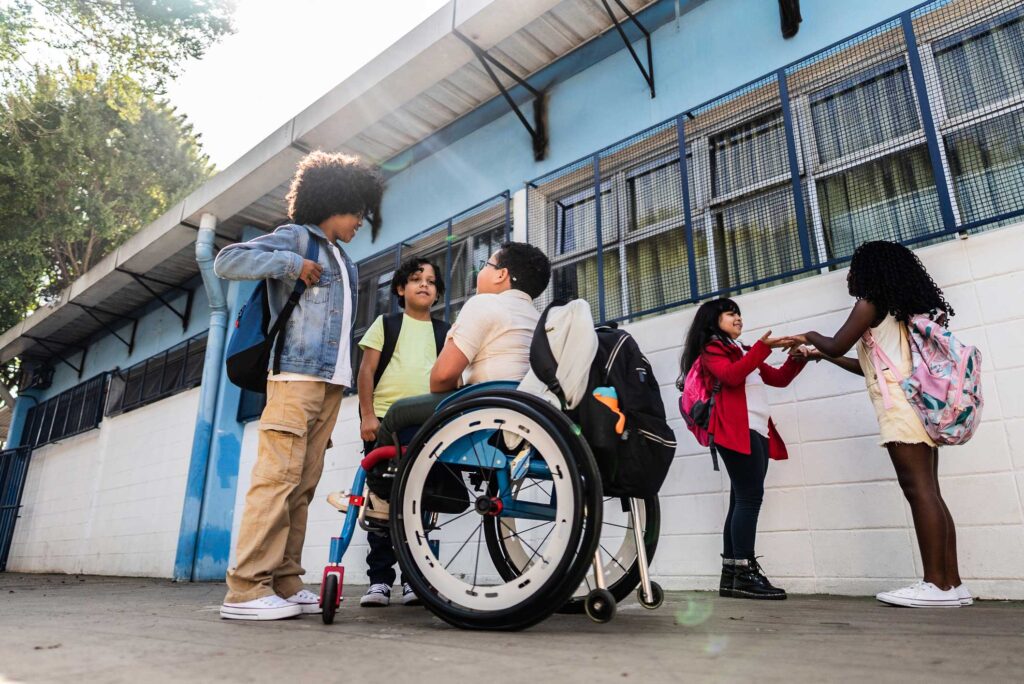Embracing Mobility Challenges Together
Walking disabilities can affect anyone—children learning to navigate their world, adults managing responsibilities, or aging parents facing new mobility hurdles. These challenges impact not only physical abilities but also emotional well-being and family dynamics. In this post, we dive into how mobility issues touch lives across generations and how families can come together to offer strength, encouragement, and connection.
Understanding Walking Challenges in Children
For young children, mobility issues can make exploration and play difficult. Conditions like muscular dystrophy, developmental delays, or injuries may cause balance problems or delayed walking milestones. Spotting these signs early is key to providing proper care and support.
Consider Mia’s journey with her 6-year-old son, Ethan, who was diagnosed with spina bifida. Watching Ethan struggle to keep up with his peers on the playground was heart-wrenching. However, with physical therapy, assistive devices, and unwavering family support, Ethan found new ways to play and thrive. His parents celebrated every achievement, creating an environment filled with love and resilience.
Facing Mobility Loss as an Adult
For adults, the sudden onset of a walking disability—whether from injury, illness, or chronic conditions—can be life-altering. It impacts not only movement but also independence, work, and emotional health.
Take Maria, a 37-year-old graphic designer, who developed multiple sclerosis. As her mobility declined, so did her confidence. With support from her spouse and friends, Maria adjusted her work setup and explored hobbies that accommodated her new limitations. Her family’s understanding and encouragement became her anchor, helping her navigate both the physical and emotional challenges.
Supporting Aging Parents With Mobility Issues
As parents age, walking difficulties can emerge due to conditions like arthritis, Parkinson’s disease, or stroke recovery. These changes often lead to a loss of independence and feelings of isolation.
David, a father of three, noticed his mother, Linda, struggling with stairs and uneven surfaces after a minor stroke. He took steps to modify her home—installing ramps and handrails—and encouraged family visits that included gentle walks and seated activities. These efforts not only made her home safer but also helped Linda feel included and supported.
“Mobility challenges may change the path, but with family by your side, every step becomes a victory.”
Building Strong Family Support Systems
Across all these stories, the common thread is family connection. Mobility challenges can be isolating, but with empathy, patience, and practical support, families can help loved ones regain confidence and joy.
Small gestures make a big difference—whether it’s cheering on a child learning to use a walker, supporting an adult adjusting to new mobility aids, or helping an aging parent navigate daily tasks safely. Together, families can turn challenges into moments of bonding and resilience.
Moving Forward as a Family
Mobility challenges may change how someone moves through life, but they don’t have to diminish connection or joy. When families unite to face these obstacles, they create a network of love and strength that uplifts everyone.
If your family is navigating mobility issues, know that you’re not alone. Reach out to local support groups, therapists, and communities who can help. Together, we can support every step of the journey.






